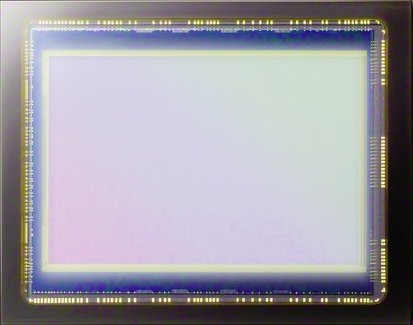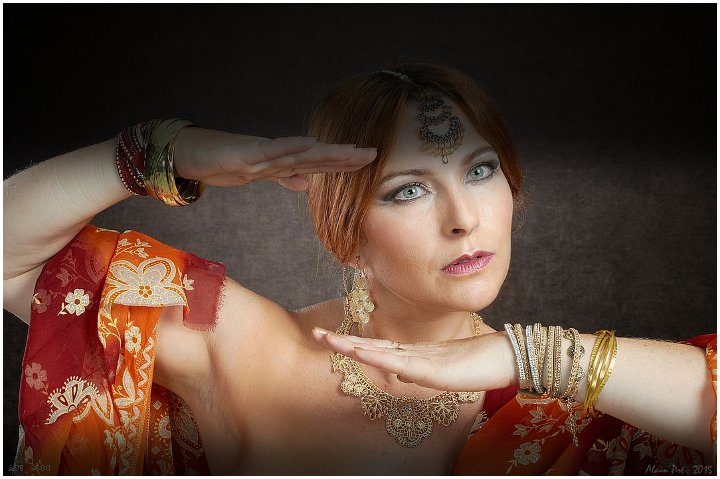Tutorial - Flash photography.

In photography, a flash is a luminous device that produces a brief, intense flash of light. It is indispensable when ambient lighting conditions are insufficient: indoors, night photography, etc., but can also be very useful in addition to ambient light, even if the latter is sufficient.
Of course, the flash must be synchronised with the shot. In this tutorial, we'll look at the concepts relating to flash triggering: first curtain, second curtain, flash sync speed, etc.
To fully understand what we are about to say, we need to remember how a curtain shutter works. This type of shutter is found on all reflex cameras. When you press the shutter release, a first curtain covers the sensor and, after the exposure time you have chosen, a second curtain covers the sensor, thus ending its exposure to light.
How a curtain shutter works.
The principle of the two curtains is to ensure that the entire surface of the sensor is exposed during the same period of time.




When to trigger the flash ?
The flash must be triggered at a moment when the entire sensor is uncovered. In other words, after the first curtain has opened completely, and before the second curtain has begun to close.
Between these two instants, the flash can be triggered at any time, but in practice, the flash is triggered either when the first curtain has completely uncovered the sensor, or just before the second curtain begins to cover the sensor. This is known as first-curtain or second-curtain triggering.
First-curtain flash triggering Second-curtain flash triggering




First curtain, second curtain, what's the difference ?
If the ambient light is really low, the sensor will only be illuminated by the flash; in this case, triggering on the first or second curtain makes no difference. But if there is a moving light source in the field, it will be visible in the photo in the form of a streak of light. If you fire on the first curtain, this trail of light will be in front of the subject, whereas if you fire on the second curtain, it will be behind the subject.
In most cases, second-curtain shutter release gives a better impression of speed.
First curtain
The flash starts at the beginning of the exposure period: the car is captured at the start of its move.

Second curtain
The flash goes off at the end of the exposure period: the car is captured at the end of its run.

Flash and exposure.
As the flash is an entirely electronic accessory, it reacts very quickly: a flash lasts about 1 thousandth of a second.
This observation leads us to a deduction: in a dark environment (indoors, in a dimly lit room), the exposure time (the shutter speed) will have practically no influence on the exposure because the sensor will only receive light for the duration of the flash. So going from an exposure time of 1/60th of a second to 1/125th of a second will have no effect on the exposure, because the sensor will only be exposed for the duration of the lightning strike of the flash, i.e. 1/1000th of a second.
Exposure can be adjusted by adjusting the aperture of the diaphragm, sensitivity or by varying the flash output.
If the flash is used with significant ambient light, things become more complicated because the exposure time will only influence the exposure in relation to the ambient light, whereas the aperture and sensitivity will affect both the ambient light and the light from the flash.
Flash sync speed (Synchro-X).
The flash must be triggered at a time when the sensor is completely uncovered. It is easy to understand that, if one of the curtains is still halfway, its shadow will show on the photo. The result will be a dark band, as in the photo below:

Example of a photo taken with flash
at too high a speed, and in any case higher than the flash sync speed.
Flash sync speed is defined as the maximum speed at which a flash can be used. It derives directly from the principle of operation of the curtain shutter. It is of the order of 1/125th or 1/250th of a second on most modern cameras. Refer to your camera manual and if it has disappeared, you should know that you are not taking any risks up to 1/125th of a second.
You can easily do the test yourself with your camera's built-in flash : choose a dark location, select a high shutter speed, e.g. 1/500th of a second, and activate the flash. You'll get a photo with only one correctly exposed strip, the rest being severely underexposed, or even completely black.
For a better understanding, take a look at these animations, which show what happens beyond flash sync speed.
Speed is slower than flash sync speed.
The sensor is completely uncovered for a variable length of time: you can fire the flash at this point.
Speed is equal to flash sync speed.
The 2nd curtain is released as soon as the first has reached the end of its travel. Nevertheless, the sensor remains uncovered just long enough for the flash to fire.
The speed is higher than the flash sync speed.
The sensor is never completely uncovered: no matter when you fire the flash, only part of the image will receive light.




High-speed synchronisation.
However, with modern equipment, it is possible to overcome this speed limitation. This technique is called HSS (High Speed Synchronisation) or HyperSync.
It consists of lengthening the flash duration (HyperSync technology) or producing a series of successive flashes (HSS). In all cases, the power of the flash is reduced because it is diluted over a longer time or over several flashes.
Voir cette animation, qui Take a look at this animation, illustrates how a flash works in high-speed sync.
High-speed synchronisation is based on a completely different way of operating the flash which has the following consequences:
- Exposure is affected by exposure time (speed), as when there is no flash..
In fact, with high-speed synchronisation, the flash duration is extended and can exceed the exposure time. The exposure time therefore once again becomes the parameter that determines the exposure. Remember that, with a flash triggered in the conventional way and in a dark environment, the sensor only receives light for the duration of the flash, which is very short and less than the exposure time. - There is no longer any notion of first or second curtain, since the flash lasts for the entire shutter opening.
- The flash must be triggered at the start of the first curtain, not at its arrival. This is why camera bodies have a "High Speed Synchronisation" option: it changes the moment at which the flash is triggered.
in HSS technology
Several successive flashes are triggered to illuminate the sensor for as long as the curtains are moving.
in HyperSync technology
The flash duration is extended to illuminate the sensor for as long as the curtains are moving.




And cameras with a central shutter.
A central shutter works a bit like a diaphragm: it is circular and opens from the centre towards the edges, then closes from the edges towards the centre. The periphery of the image is therefore less exposed than the centre (vignetting), but as this distortion is symmetrical, it is not necessarily annoying, at least not as much as it would be in a conventional camera.
This type of shutter is only found on top-of-the-range cameras, usually medium format.
These shutters do not have the limitation of a maximum speed for synchronising a flash. They can therefore be used with a normal flash (not HSS) and very short exposure times.


If you liked this page, share it on your favorite network :